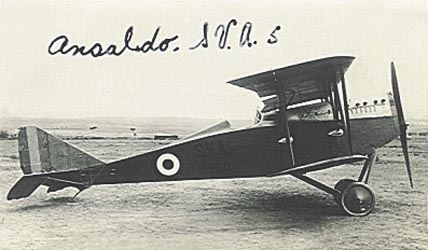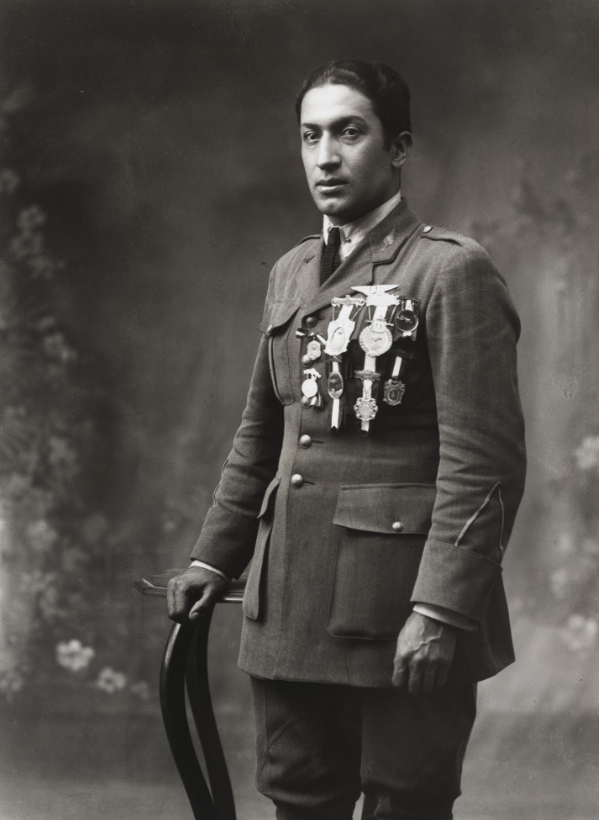First Crossing of the Andes – Alejandro Velasco Astete
#LatinAmerican Aviation History Spotlight: Alejandro Velasco Astete (Cusco, Sep 23, 1897 – Puno, Sep 28, 1925) was a Peruvian military pilot, famous for being the first man to fly over the Andes. This hero also participated in the First World War alongside the allied forces.
Velasco-Astete managed to cross the Andes on August 31, 1925. The airport in Cusco, his hometown, bears his name, as does an important avenue in Lima.
First Steps
A Second Lieutenant, Velasco Astete, completed his education at the School of Engineering in Lima. Later, he went over to Argentina to take part in an aviation apprenticeship program. Once certificated, we joins the Aviation School of Peru as one of its best officers.
Andes Crossing
On August 29, 1925, he takes flight from the Las Palmas field in an Ansaldo S.V.A. (Italian reconnaissance biplane aircraft of WWI ) in a hunting biplane, baptized with the name “Cusco”, beginning his journey Lima-Cusco; however, bad weather forces him to divert to Pisco.

Ansaldo S.V.A. Similar to the one used by Astete during his first attempt. (Wikipedia)
On August 31, 1925, he resumed his flight to Cusco, rising through Castrovirreyna to an approximate height of 4,900 meters above sea level, arriving in Cusco after a three-hour and 40-minute flight, landing in La Pólvora field. He was received tremendously by the population and authorities of the Imperial city.
Final flight
After receiving official congratulations, he’s invited to visit Puno. He departed for this city at 8:17 in the morning of September 28, 1925 (five days after his 28th birthday). After approximately 2 hours in the air, he arrived at Puno and overflew La Chacarilla field, his intended landing site. However, a large crowd heard about his visit and assembled on the field. They effectively prevented the plane from landing. As Velasco attempted a go-around, one of the wings collided with a small hill tending the light craft towards a wall. Velasco Astete did not survive the impact.
A monument in the city of Cusco was erected to immortalize the memory of the brave aviator.


